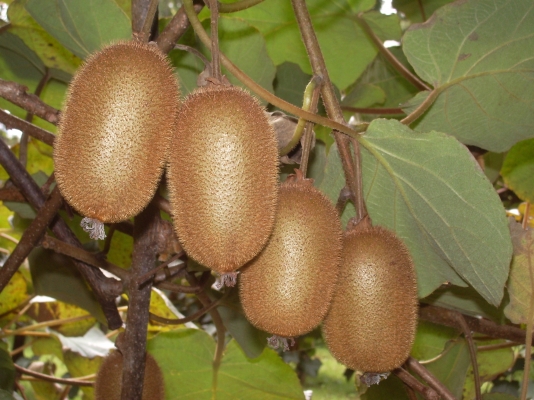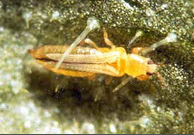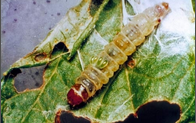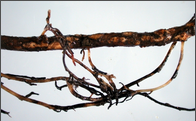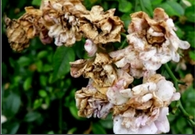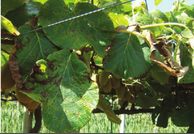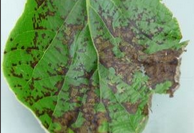General Information
Kiwi is also known as “Chinese Gooseberry”. It is a rich source of Vitamin B and C and also minerals such as calcium, potassium and phosphorus. Kiwi fruits are eaten as such or can be served in the form of deserts or salads. It is also used for making vines and squashes. In India it is mainly grown in Himachal Pradesh, Jammu and Kashmir, Arunachal Pradesh, Sikkim, Kerala and Meghalaya.
In Uttarakhand, Nainital, Almora, Bageshwar and Champawat districts are major kiwi producing areas.

